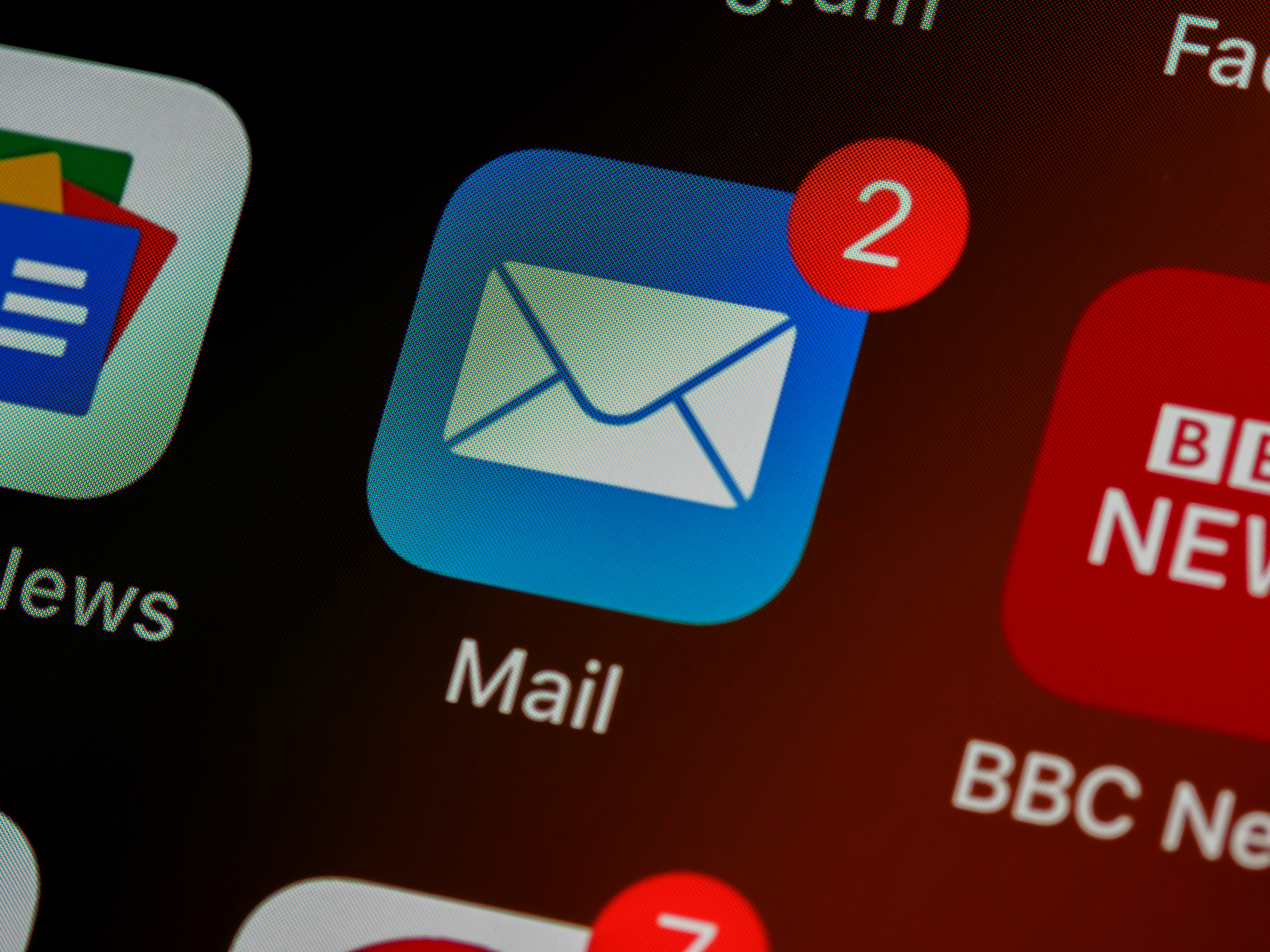
In today’s world, where capturing attention is more challenging than ever, brands are working hard to be noticed. They’re using AI to offer personalized experiences, making each customer feel special.
This approach moves away from one-size-fits-all marketing, focusing instead on tailored interactions that increase customer interest and loyalty. It’s all about using technology to connect with consumers by offering them what they like and how they like it.
Continue reading to discover how AI is changing the game in marketing, making every experience unique.
Key Takeaways
- AI-driven Analysis of Customer Data Is Vital for Delivering Tailored Experiences
- Personalization Through AI Chatbots and Predictive Analytics Enhances Customer Support and Satisfaction
- Real-Time Content Customization Using AI Ensures Unique and Engaging User Experiences
- Segmenting Email Marketing Using AI Increases Engagement and Builds Stronger Brand-Customer Relationships
- Continual Campaign Analysis Through Machine Learning Informs Better-Targeted Promotions and Offers
Harnessing AI to Craft Personalized User Journeys

In today’s digital age, where the internet makes the world feel like a single, interconnected community, customizing marketing efforts is crucial for any business. Thanks to artificial intelligence, this ambitious goal is within reach, enabling companies to understand and meet their customers’ needs with remarkable accuracy.
Marketing teams are increasingly turning to AI to unlock insights into consumer behavior, leading to personalized, contextually relevant interactions in realtime. The first step in this transformative journey is to analyze customer data for trends in behavior.
Then, it’s important to pinpoint and set up the main moments for delivering content, which should be flexible and responsive. This strategy aims to create a fluid experience that adjusts to each individual’s path, making every interaction personalized and direct.
Step 1. Analyze Customer Data for Behavior Patterns
Effective personalized marketing starts with analyzing customer data to spot behavior patterns. This process means diving into big datasets to uncover what customers like and how they behave. To upgrade your marketing strategy, this key step is vital. It allows you to customize experiences to match each customer’s specific needs.
- Collect comprehensive data across various touchpoints.
- Employ advanced AI tools to process and interpret the data.
- Identify recurring behavior patterns and preferences.
Step 2. Map Out Dynamic Content Delivery Points
Once behavior patterns are recognized, the next step is to chart a course through which personalized content touches the consumer: pinpointing the moments and platforms where tailored experiences can shine.
- Pinpoint digital spaces for personalized interaction, such as websites, mobile apps, and social media platforms.
- Leverage live streaming and web conferencing tools to create real-time, immersive experiences.
- Utilize WordPress plugins or custom modules to ensure content adapts dynamically to user interactions.
Utilizing Chatbots to Provide Tailored Customer Support

As businesses explore the expansive potential of personalized marketing, incorporating AI-driven chatbots has emerged as a crucial strategy for enhancing customer support.
These intelligent assistants serve more than just the basic function of answering FAQs; they revolutionize the way a company interacts with its users by automating responses based on past interactions and utilizing predictive analytics to offer proactive support.
This seamless integration within customer service modules redefines the user experience, making it more intuitive and responsive to individual consumer needs.
Automate Responses Using Customer Interaction History
In the pursuit of heightened customer engagement, savvy marketers integrate AI chatbots that can automatically generate responses based on a user’s past interactions. This approach not only streamlines communication but also ensures that each message resonates with personal relevance, fostering a stronger bond between brand and consumer.
Implement Proactive Support With Predictive Analytics
Proactive support, powered by predictive analytics, equips a brand’s marketing strategy with a forward-looking edge. This technique anticipates customer issues and addresses them before they escalate, utilizing intelligent algorithms that analyze data patterns to forecast future needs or questions. Consequently, brands stay one step ahead, delivering solutions in real-time and enhancing overall customer satisfaction.
Integrating AI for Real-Time Content Customization

In a time when pleasing customers is key, businesses are turning to artificial intelligence to create web experiences that are not only quick to respond but also anticipate needs. AI’s ability to learn from what users do allows companies to tailor online interactions instantly, making sure every visitor’s experience is unique.
With A/B testing, companies can keep improving how they personalize, making every user’s journey better and better. This smart use of technology for real-time content tailoring sets a new bar in the digital world, helping brands connect with their audience in unprecedented ways.
Adapt Web Experiences Based on User Activity
In today’s digital age, artificial intelligence is key to transforming user interactions on websites. The ability to customize content in real-time depends on creating smooth online experiences that cleverly adjust to user actions. Companies use AI to analyze every click, scroll, and tap, continuously improving how content is presented. This ensures every interaction is engaging and relevant, making each visit a pleasant and significant experience.
| User Interaction | AI Response | Content Outcome |
|---|---|---|
| User spends time on product page | AI notes product interest | Related product recommendations are showcased |
| User abandons shopping cart | AI analyzes exit points | Personalized discount offers are generated to incentivize completion of purchase |
| User frequently visits FAQ section | AI identifies knowledge gaps | Content is optimized for clarity and accessibility on FAQ page |
Use a/B Testing to Refine Personalization Strategies
Marketers are increasingly turning to A/B testing as a cornerstone of their AI-led personalization initiatives, where contrasting versions of content are presented to segments of the audience. This experimentation uncovers vital clues to resonating effectively with different demographics, leading to the continual honing of both the message and delivery mechanism for optimized customer experiences.
Enhancing Email Marketing With AI Segmentation

Mastering the art of email marketing is a strategic endeavor for any marketer aiming to solidify relationships and enhance customer lifetime value.
With the advent of AI-driven technology, segmentation has taken on a new dimension of sophistication, enabling marketers to craft tailored content that speaks directly to the diverse needs and interests of their mailing list.
As we explore the use of artificial intelligence in differentiating customers based on purchasing habits and preferences, we also uncover the importance of timing and frequency in email communication.
These adjustments ensure each message finds its mark, increasing engagement and reinforcing the connective thread between a brand and its audience.
Create Segments Based on Purchasing Habits and Preferences
Smart marketers use AI to create a closer relationship with their customers by breaking down email lists into groups that mirror each person’s buying habits and likes. This approach allows for crafting messages that feel personal, greatly increasing the chances of keeping customers engaged and making purchases. These customized campaigns turn simple data into meaningful conversations, effectively boosting sales and customer loyalty.
Personalize Email Timing and Frequency for Maximum Engagement
When it comes to email marketing, personalizing the timing and frequency of emails according to customer preferences can significantly amplify engagement: It is about sending the right message at the right time to the right person. By harnessing AI analytics, marketers can determine optimal send times for different segments, leading to increased open rates and meaningful interactions.
| Customer Segment | Preferred Timing | Engagement Level |
|---|---|---|
| Early Morning Readers | 5 AM – 7 AM | High Open Rates |
| Lunch Break Scrollers | 12 PM – 2 PM | Increased Click Through |
| Night Owls | 9 PM – 11 PM | More Engaged Replies |
Leveraging Predictive Analytics for Personalized Offers

By employing powerful machine learning techniques, businesses can now craft offers that align closely with individual consumer expectations, delivering a personal touch that sets them apart from the competition.
Organizations are transforming how they approach promotions by harnessing ongoing campaign analysis, ensuring that each offer resonates deeply with their target audience and drives substantial engagement.
This innovative embrace of predictive analytics stands at the forefront of personalized marketing, showcasing a commitment to customer satisfaction and loyalty.
Employ Machine Learning to Anticipate Customer Needs
In targeted marketing, machine learning is a powerful tool for marketers, giving them the ability to predict and meet customer needs. By analyzing data, AI algorithms identify shopping trends and individual preferences, allowing companies to create personalized offers that connect with their audience even before these desires are expressed. This forward-thinking approach helps businesses stay ahead, ensuring they meet their customers’ wants with precision.
| Customer Behaviour | Machine Learning Insight | Customized Offer |
|---|---|---|
| Repeated browsing without purchase | Possible hesitation or price sensitivity detected | Special discount code emailed to encourage purchase |
| Frequent purchases in a specific category | Strong interest in product category identified | Early access to new related products with loyalty perks |
| High interaction with product reviews | Value placed on peer opinions and quality assurance | Offer to join a VIP review club with incentives for feedback |
Texts Evolve Promotions Using Ongoing Campaign Analysis
Marketers today are transforming the scope of promotions by continuously analyzing ongoing campaigns: They track effectiveness, hypothesis-driven queries, and promotion outcomes. This cyclical analysis fine-tunes the forecasting abilities of AI, empowering brands to iteratively improve their offers and establish enduring relevancy with their customers.
| Campaign Feature | Analysis Focus | Iteration Outcome |
|---|---|---|
| Email Subject Line A/B Testing | Open Rate Metrics | Optimized phrasing for higher engagement |
| Social Media Ad Conversion Rates | Click-through and Bounce Rates | Improved targeting for ad content |
| Loyalty Program Enrollment | Sign-up vs. Retention Rates | Tailored benefits leading to better retention |
Conclusion
In conclusion, innovative AI personalization tactics are useful for marketers who aim to stay at the cutting edge of today’s digital marketplace.
By analyzing customer data for behavioral patterns, mapping out dynamic content delivery points, and integrating AI for real-time content customization, businesses can offer unmatched personalized experiences.
AI-driven chatbots enhance customer support by providing tailored responses, while predictive analytics enable marketers to anticipate consumer needs with highly targeted offers and timely promotions.
Furthermore, AI segmentation enriches email marketing by personalizing content, timing, and frequency to maximize engagement.
The use of A/B testing also allows for continuous refinement of strategies, ensuring that each interaction resonates more effectively with the audience.
Embracing these AI personalization tactics transforms the user experience, fosters deeper customer relationships, and ultimately drives growth and loyalty in a competitive global landscape.

Comments